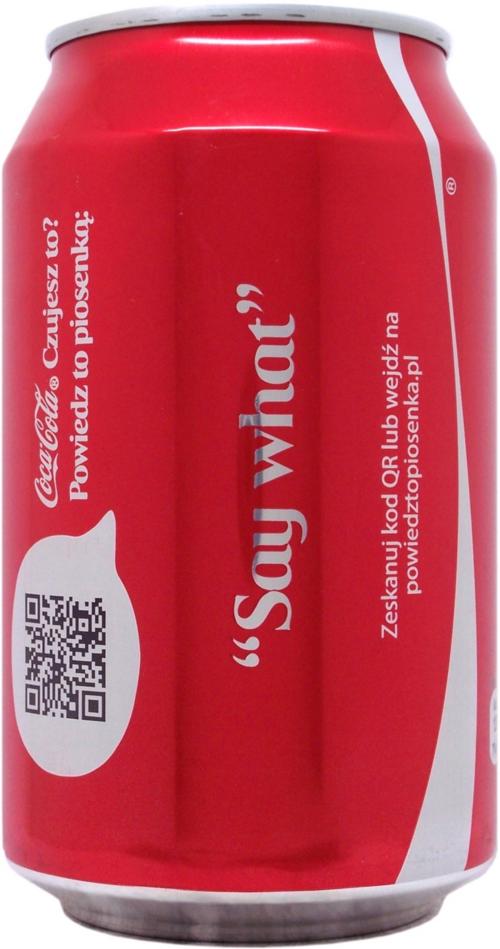

In one 6-month, randomized, controlled study, people with overweight or obesity experienced moderate weight loss of 2–2.5% of their body weight when replacing caloric beverages with diet beverages or water ( 11). On the other hand, many human intervention studies indicate that the use of artificial sweeteners is either neutral or beneficial for weight management. This suggests that artificial sweeteners may influence body weight in other ways than calorie intake ( 7, 8, 9).Īnother study observed that drinking diet soda was associated with greater waist circumference over 9–10 years ( 10). The same study noted that total daily calorie intake was lower in individuals who drank diet beverages despite their increase in weight. One 8-year observational study found that people who drank more than 21 artificially sweetened beverages per week almost doubled their risk of overweight and obesity, compared with people who didn’t consume these kinds of drinks ( 7). Research results on the effects of Coke Zero and other artificially sweetened beverages on weight loss are mixed. It’s sweetened with artificial sweeteners, which have controversial health effects. summaryĬoke Zero does not contain any calories or sugar and is not a significant source of nutrients. The only differences between Coke Zero and the new rebrand - Coca-Cola Zero Sugar - are minor changes to the natural flavor composition ( 6). The remaining ingredients are carbonated water, caramel color, food additives, and natural flavors ( 1).

Though the research is inconsistent, some studies find that the use of artificial sweeteners may contribute to the development of obesity and metabolic syndrome, a cluster of conditions that increase disease risk ( 3, 4, 5).Ĭoca-Cola Zero Sugar (Coke Zero) uses several common artificial sweeteners, including aspartame and acesulfame potassium (Ace-K). The health effects of artificial sweeteners are controversial, and concern regarding their safety is growing ( 2). To sweeten this beverage without adding calories, artificial sweeteners are used. One 12-ounce (354-ml) can of Coca-Cola Zero Sugar (Coke Zero) offers ( 1): " gobot.io/x/gobot " " gobot.io/x/gobot/drivers/gpio " " gobot.io/x/gobot/platforms/firmata "īutton := gpio.NewButtonDriver(firmataAdaptor, " 5 ")īutton.On(gpio.Coke Zero does not provide any calories and is not a significant source of nutrition. Now that you have basic output, let's add some input in the form of a push-button. You should see the LED turn on and off every second. To run your Robot, you can just pass the source file to go run: Led := gpio.NewLedDriver(firmataAdaptor, " 13 ") " time " " gobot.io/x/gobot " " gobot.io/x/gobot/drivers/gpio " " gobot.io/x/gobot/platforms/firmata "įirmataAdaptor := firmata.NewAdaptor( " /dev/ttyACM0 ") The first program we are going to create is the "Hello, World" of things, which is a program to blink an LED on and off every second. Once you have the Gobot packages installed, you're ready to start writing your own code.
COKE GOBOT INSTALL
With Go installed, the go get tool will help you install Gobot and its required dependencies: $ go get -d -u gobot.io/x/gobot/. Go is an open-source programming language that makes it easy to develop simple, reliable, and efficient software.įollow the official installation instructions to get started. Gobot's approach to standardization and abstraction makes it easy to write a program that works on multiple hardware platforms with little modification. Gobot can also provide an external facing API to allow other programs to control from individual devices to entire groups of Robots on a shared network, implemented using JSON-over-HTTP API. Robots (Go programs) written with Gobot can run on a host machine communicating to connected devices, or directly on a single-board Linux computer, or anywhere in between.
COKE GOBOT SOFTWARE
The "Robot" is the main software abstraction that makes it easy to build interesting high-level functionality for supported devices.
COKE GOBOT DRIVERS
Gobot provides drivers and adapters for controlling a wide variety of physical devices from low-level Arduino and Raspberry Pi, as well as drones, toys, and other complete devices that themselves have APIs. Gobot is a framework for robotics, physical computing, and the Internet of Things (IoT), written in the Go programming language.


 0 kommentar(er)
0 kommentar(er)
